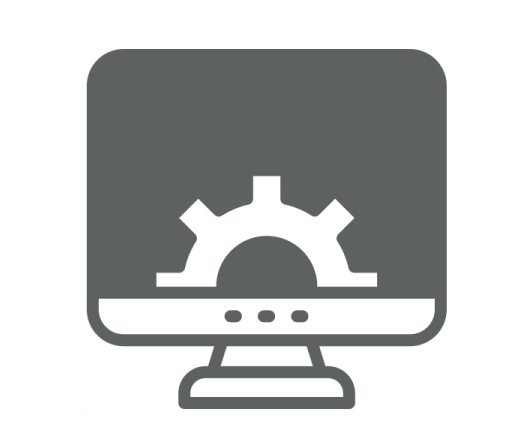Outsourcing Information Systems – Current Issues Research Paper (400 Level Course)
How many times have you heard about “the dangers of outsourcing”? However in reality it is nothing more than a beautiful campaign slogan because most of America would jump on your wagon and proclaim that you truly have the working man in your heart. However the federal government’s household survey shows more than 139 million Americans are working today and the unemployment rate is holding steady at a relatively low % 5.5, even with taking growth into account.
So where are all the Americans that have lost their job to an over seas country that refuses to accept “level playing field”? The reality is that the playing field is tipped our way.
The United States has the best educated, most productive, most adaptive workforce in the world. Because of this and our policy of free trade, “outsourcing” is actually far overshadowed by something we hear much less about, “insourcing.”
Insourcing is the process by which foreign firms hire workers here in the United States. This is not just limited to the Honda workers in Ohio and BMW employees in South Carolina. But rather our entire GNP shows that without every country in the world wanting to do business in the United States we would not be the country we are.
However the issue of outsourcing is more than a table conversation because it truly is a study of economics. First you must identify the costs advantages and disadvantages of outsourcing as it relates to your specific business or function within your business that could potentially be modified. Creativity mixed with a solid understanding of your business, clients, future, and growth is a must before you consider any option.
Decide what to outsource, what should be kept in house, and how to select and manage suppliers and vendors effectively. Since outsourcing is fast approaching a $200 billion dollars business, executives are asking “Which skills should be outsourced and which should be kept in house?” Most experts provide advice on keeping in-house the high-value skills, or the processes that are important to the business, but they leave out specific details so these questions remain up to your specific business. Again, know your business, know your clients, and try to forecast your future in the market.
Because this topic is so over analyzed and beat to death there is a tremendous amount of information on the subject. White papers on outsourcing, outsourcing literature, and a checklist based on several years of research are all easy to obtain. Try to avoid mistakes that other companies have made and many are still making but do everything to capitalize on the right decisions made by others.
Furthermore understand the intricate networks of international suppliers, their strengths and weaknesses as well as their strategies and tactics. In addition, understand the political and cultural caveats that you are potentially introducing to your clients if part of your plan is to outsource a function that involves customer interaction.
